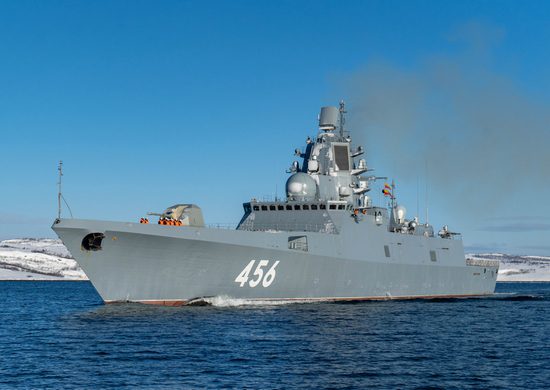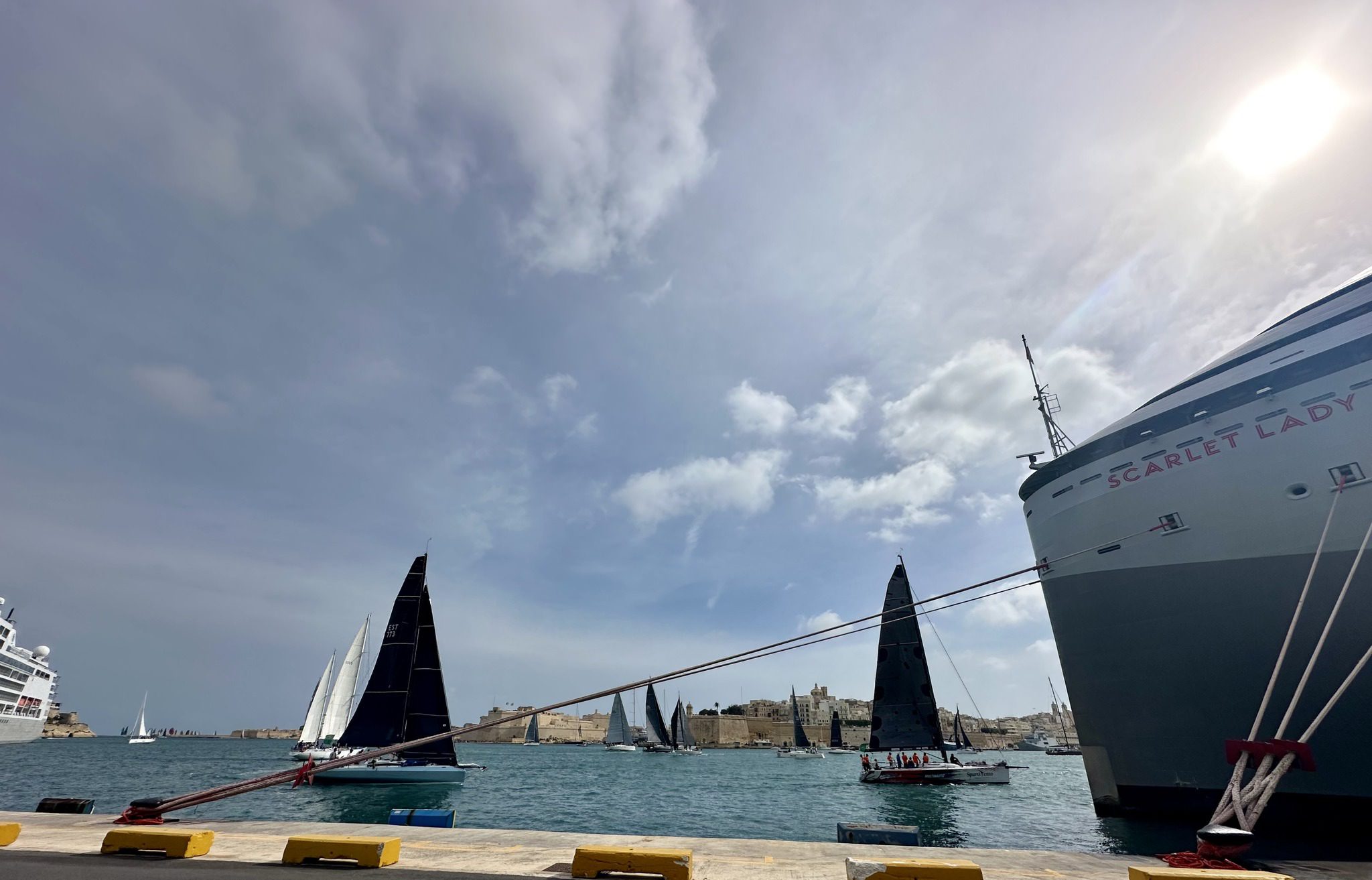Photo: Igor Strukov / Shutterstock
By Anatoly Medetsky (Bloomberg) — Russia has so much wheat that it can’t export it all via the usual methods, so shippers are increasingly turning to a once-rare technique to get more grain on boats.
Most Russian wheat is loaded on ships in the deep waters of the Black Sea, but those ports have reached their limit. So as a work-around, traders are putting more grain on small ships in the nearby Sea of Azov, the world’s shallowest sea, and sending them to deeper water to transfer the cargo to larger vessels.
About 20 percent of Russia’s grain exports were exported via ship-to-ship transfers last year, up from just 2 percent in 2013.
The strategy — often used to move oil and gas — is becoming more common for Russian grain as the country deals with ever-bigger harvests and growing demand from far-away markets like Indonesia. It also shows how the grain industry is straining Russia’s infrastructure and reshaping shipping routes.
“This has become a leading channel of exports,” said Dmitry Rylko, director general at the Institute for Agriculture Market Studies, or IKAR. “Cargoes out of the Sea of Azov in recent years, especially during the current season, have brought about colossal volumes of ship-to-ship transfers.”
Floating cranes help send big shipments from the Azov to buyers on the other side of the world, who prefer to book large cargoes. Smaller boats ferry grain to vessels anchored in the Kerch Strait, which use cranes to load supplies onto bigger oceangoing craft that then sail though the Black Sea.
The ship-to-ship transfers accounted for 8.8 million metric tons of grain exports last year, which was more than the total shipped from Russia’s biggest grain terminal in Novorossiysk on the Black Sea, according to Russia’s grain certification agency.
Wheat accounts for the bulk of Russia’s grain exports, which have surged in recent years as production boomed and relatively cheap supplies helped the country grab a bigger share of the global market. While local companies are investing in boosting port capacity, for now terminals are finding it increasingly difficult to keep up with this season’s record pace.
Azov ports can haul as much as 5,000 tons of grain onto a ship with a draft of up to 5 meters (16 feet) when fully loaded. In the Kerch Strait, vessels with drafts reaching 17.5 meters can take cargoes of as much as 75,000 tons, according to Transcargo, a company that operates some of the transfers.
To ensure that the grains being loaded meet importers’ requirements, the grains certification body sends specialists to work in shifts from a vessel in the area, with samples tested in an onshore lab.
Overwhelmed Industry
So much has been exported this season that the Novorossiysk Grain Plant moved to a 24-hour schedule to cope. The volumes have at times overwhelmed the nation’s grain-shipping industry, causing recommended equipment capacities to be exceeded, the company said in its annual report.
“If there’s no option for the transshipment at sea, the Black Sea ports just won’t be able to pull it off,” said Ivan Vikulov, chief executive officer at Quorum Capital Ltd., a Gibraltar-based trader of Russian grain. “We make a lot of deals involving transshipment.”
Still, only so much can be exported using the ship-to-ship transfers due to the limited number of vessels able to ferry grain from shallow ports.
“Not all shippers are able to book these vessels,” said Dmitriy Goncharenko, general director of Transcargo, which transferred about 2 million tons of grains in the area last year. Demand for the vessels is so high that some shippers are securing contracts several months in advance, he said.
© 2018 Bloomberg L.P
Unlock Exclusive Insights Today!
Join the gCaptain Club for curated content, insider opinions, and vibrant community discussions.

 Join The Club
Join The Club











